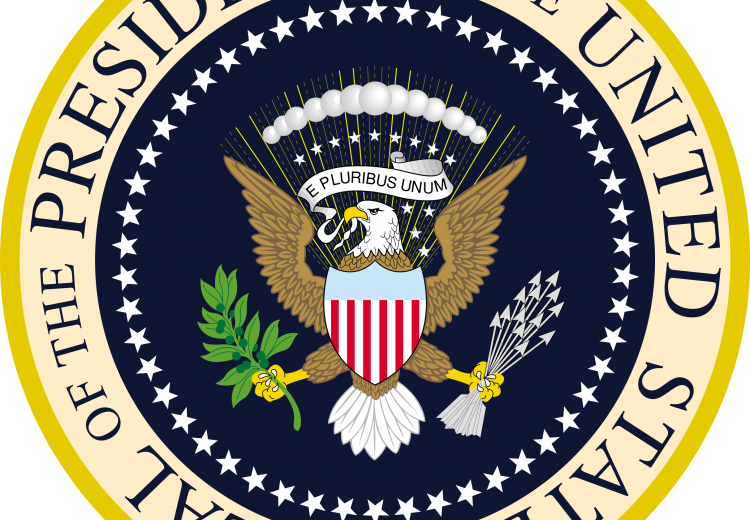Before and Beyond the Constitution: What Should a President do?

Seal of the President of the United States of America.
“… the executive authority, with few exceptions, is to be vested in a single magistrate. This will scarcely, however, be considered as a point upon which any comparison can be grounded; for if, in this particular, there be a resemblance to the king of Great Britain, there is not less a resemblance to the … khan of Tartary, to the Man of the Seven Mountains....”
—Alexander Hamilton in The Federalist Papers 69
“if you adopt this government, you will incline to an arbitrary and odious aristocracy or monarchy…”
—Anti-Federalist Paper Cato #5 Executive Power
At the time the Founders were shaping the future of a new country, John Adams suggested the President should be addressed as "His Excellency." Happily, others recognized that such a title was inappropriate. Though the proper form of address represents only a small detail, defining everything about the Presidency was central to the idea of America that was a work-in-progress when the nation was young.
In this curriculum unit, students look at the role of President as defined in the Constitution and consider the precedent-setting accomplishments of George Washington.
Guiding Questions
How was the role of President defined in the Constitution?
What important developments occurred during George Washington's tenure as the first President of the United States?
How did Washington's decisions affect the future of the U.S. and the office of President?
Learning Objectives
Examine the responsibilities of the President as defined by the Articles of Confederation.
Evaluate the power of a President under the Article of Confederation.
Evaluate the decisions President Washington made that continue to influence the office of the President of the United States.
